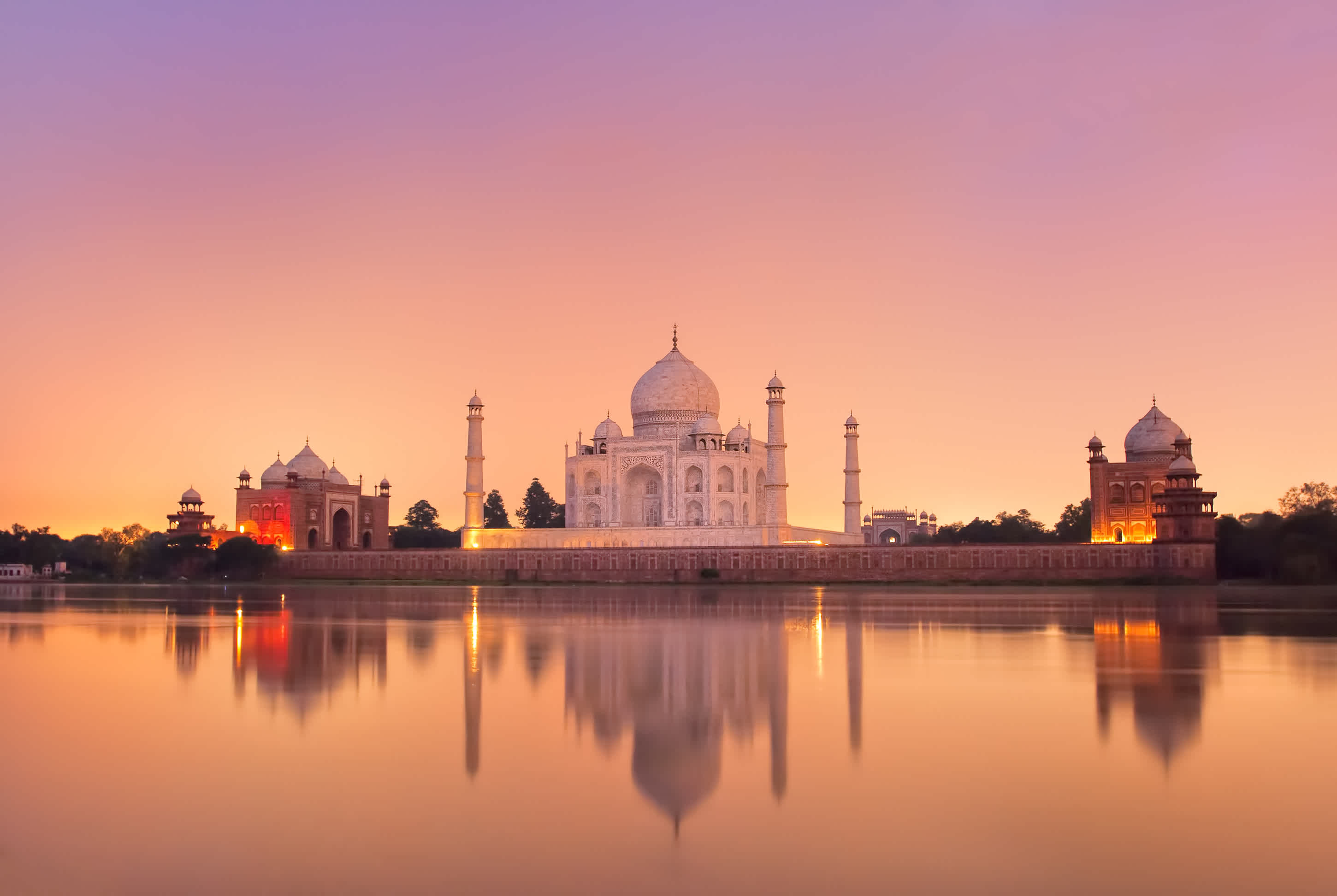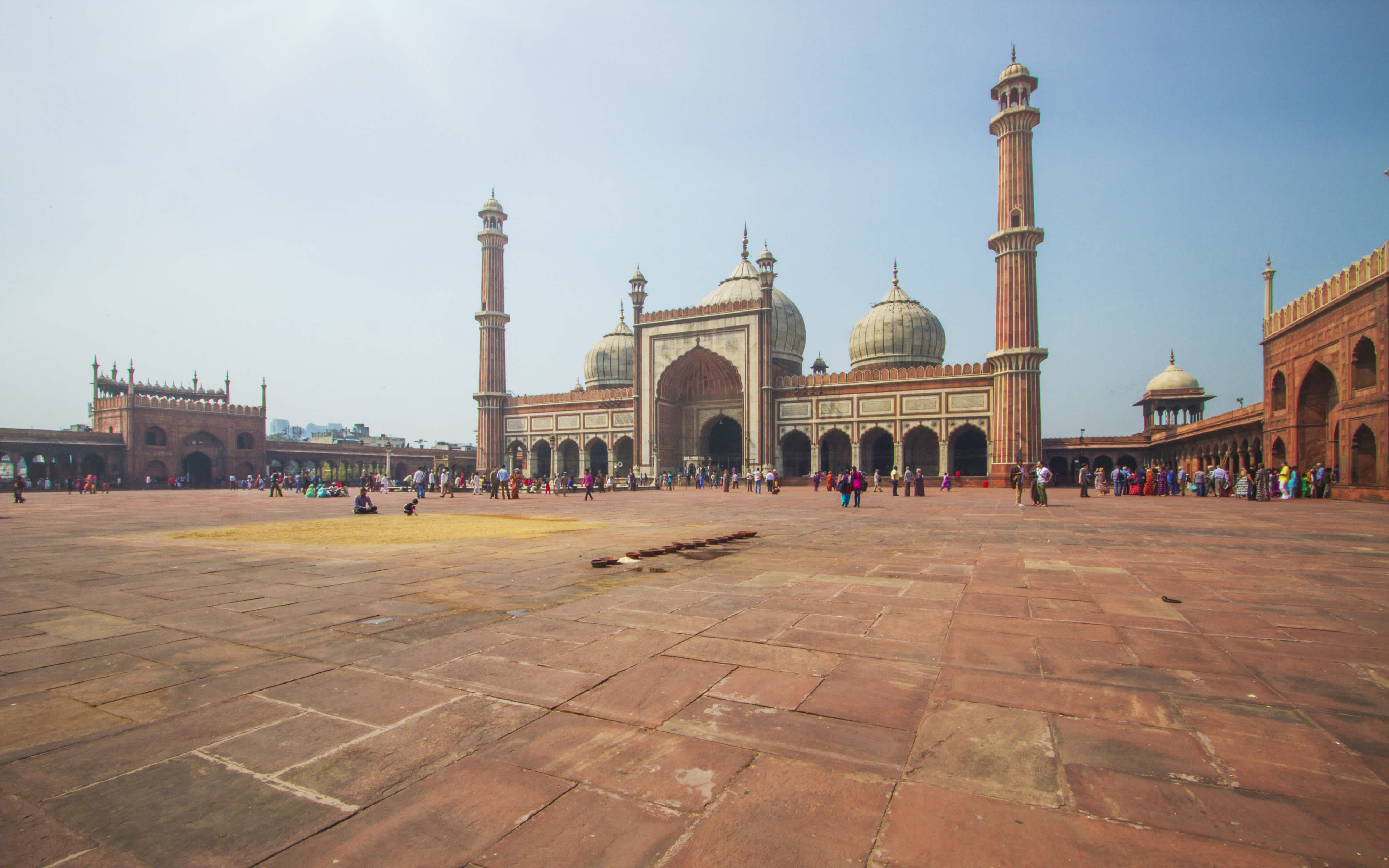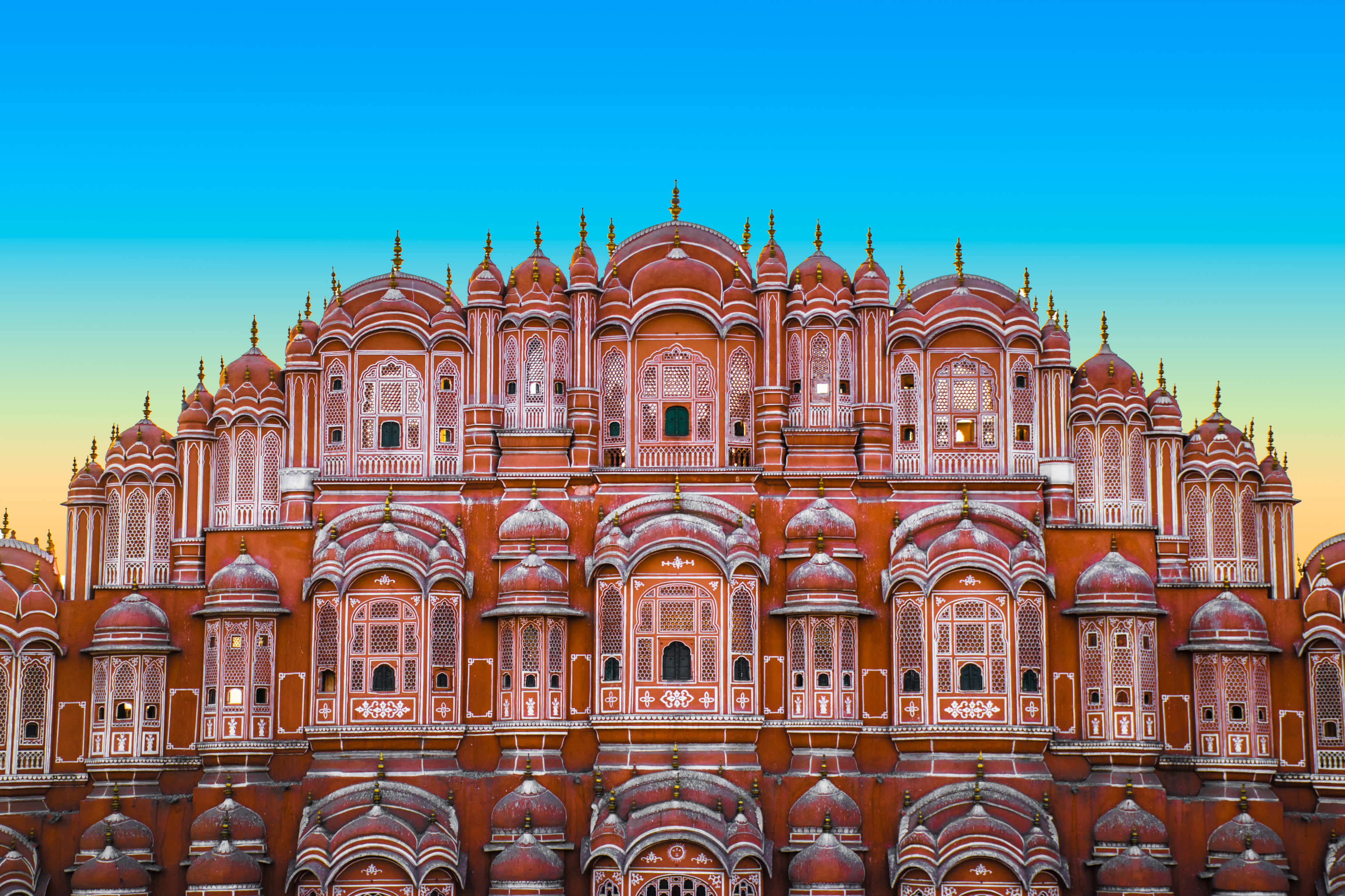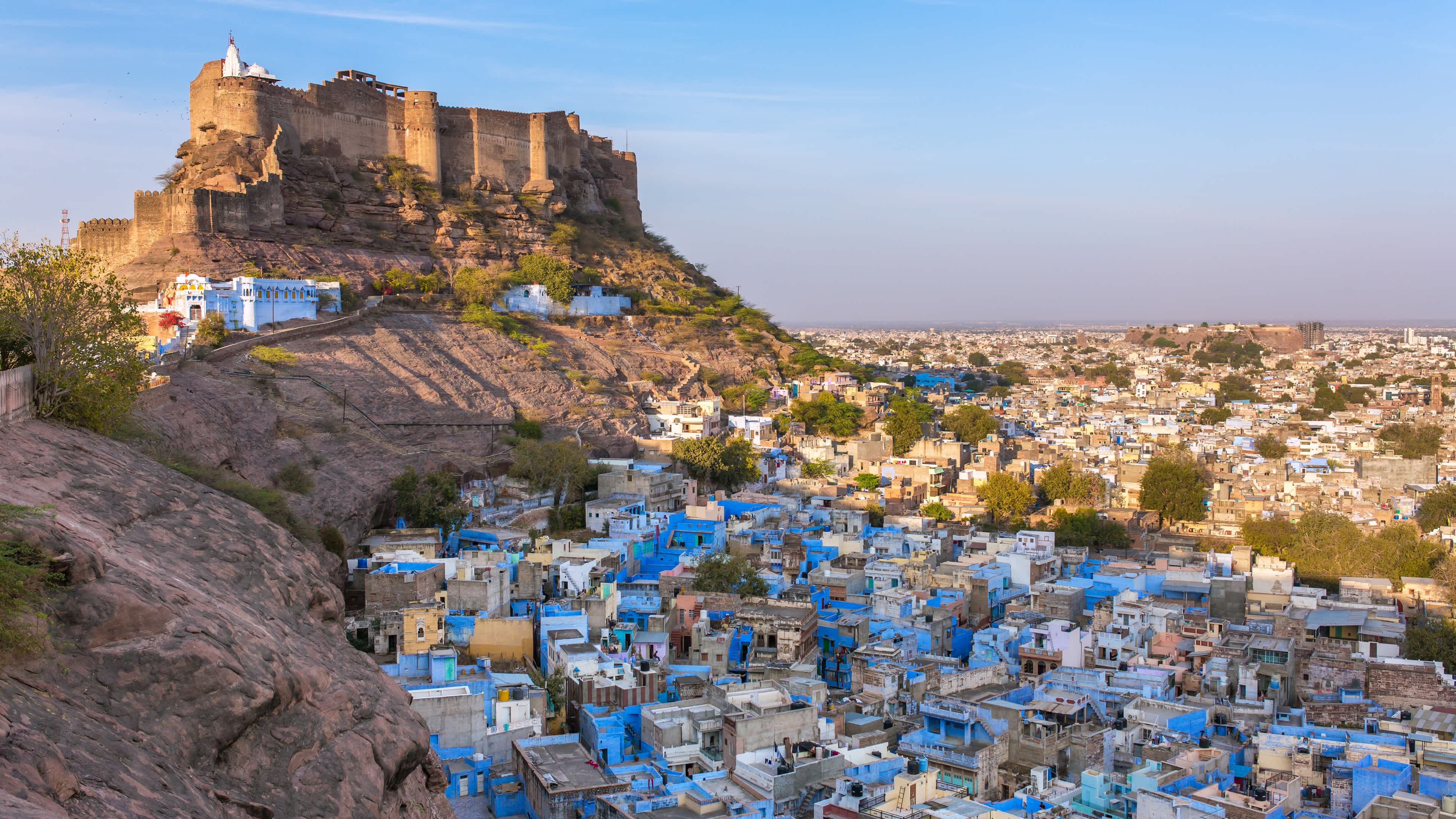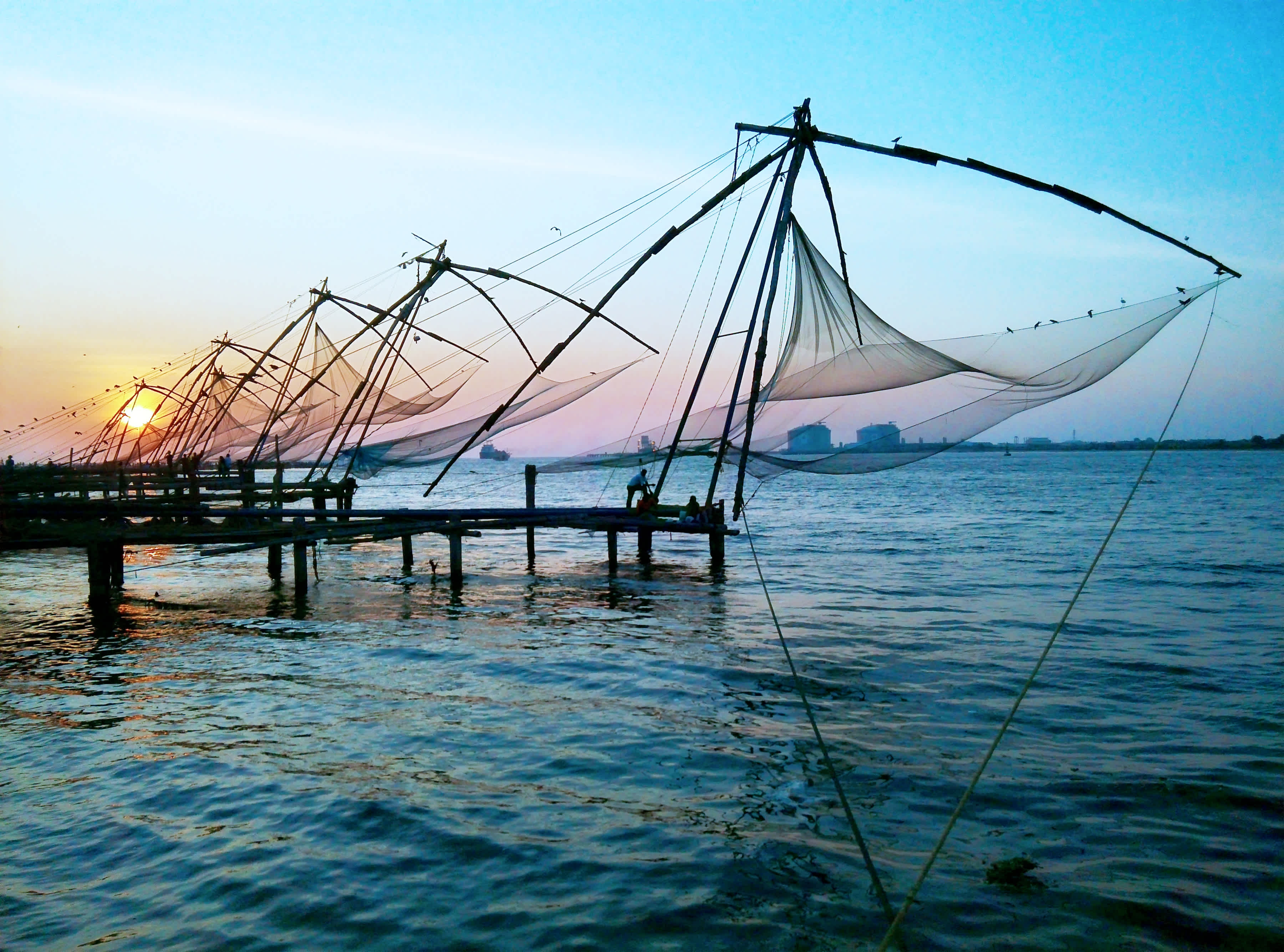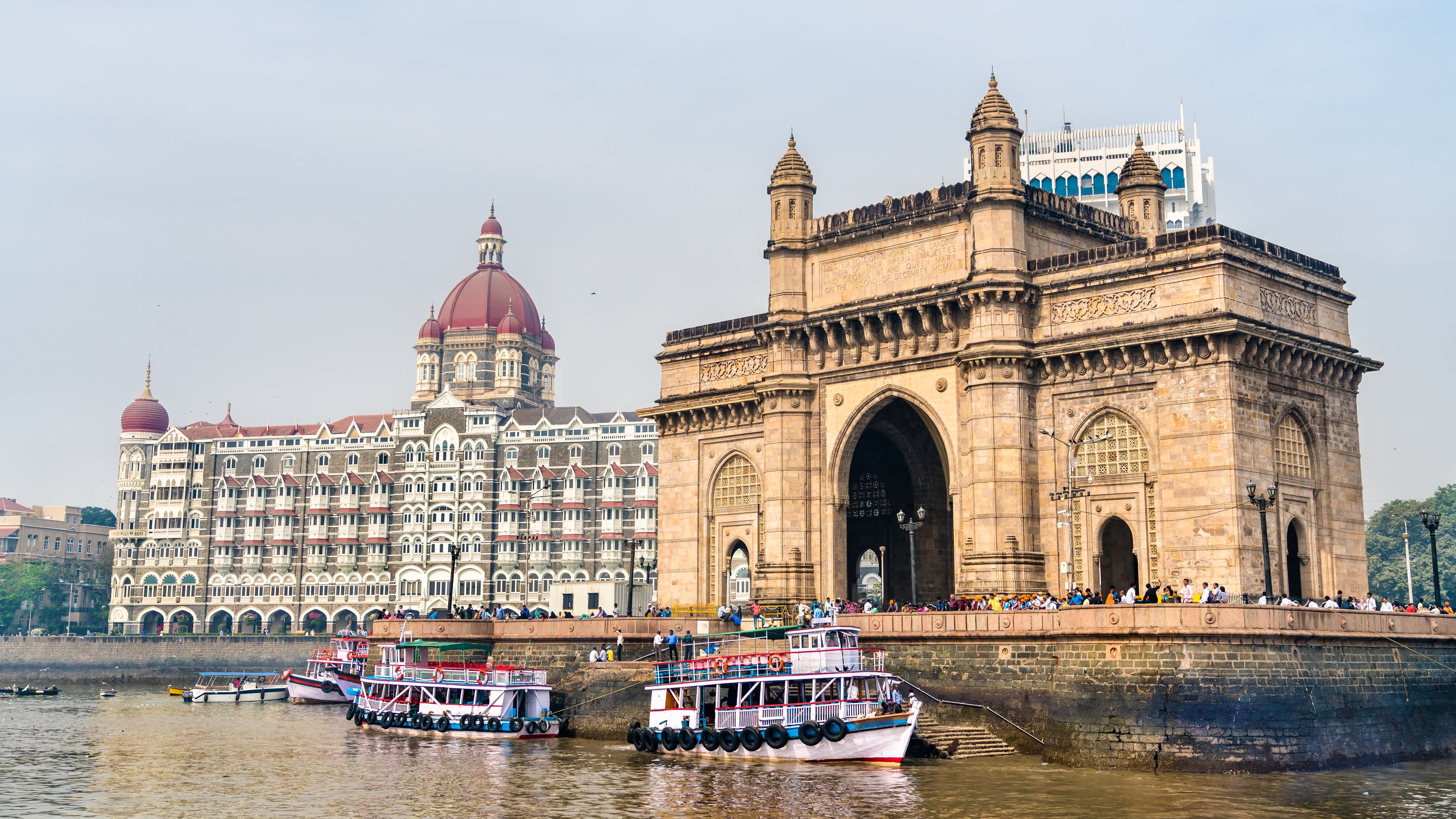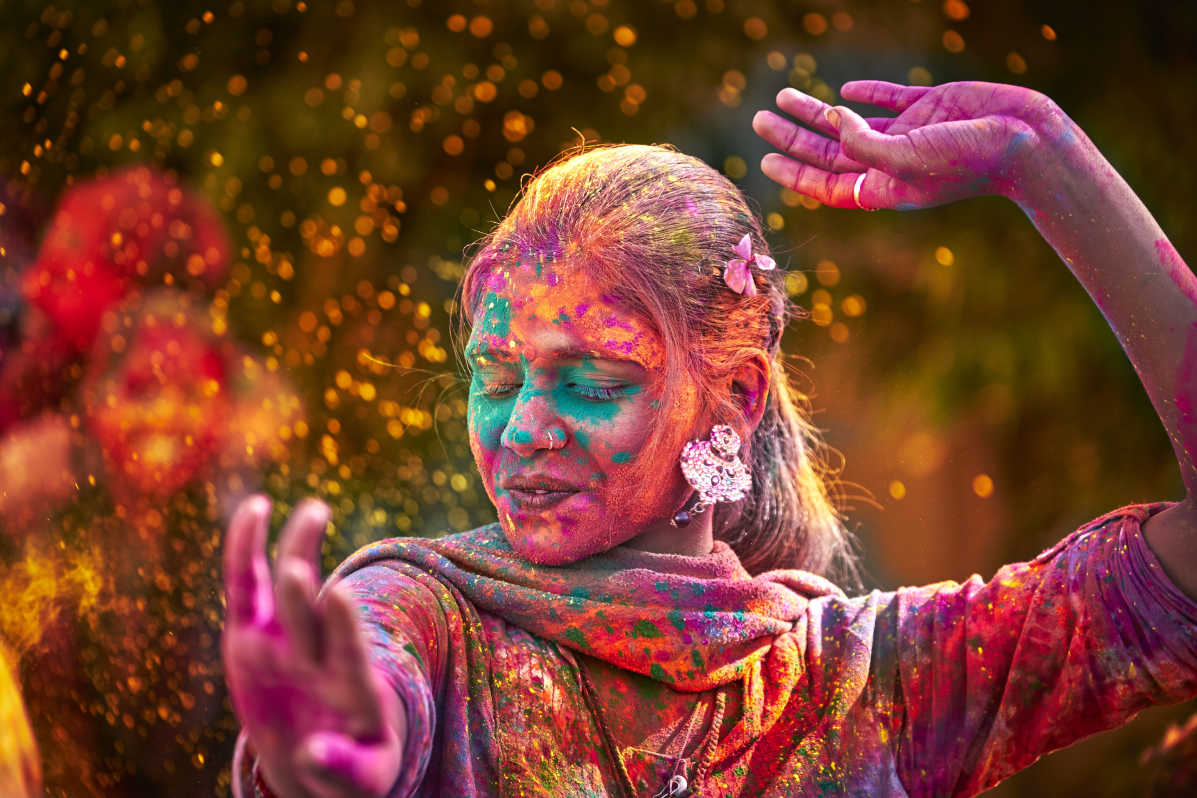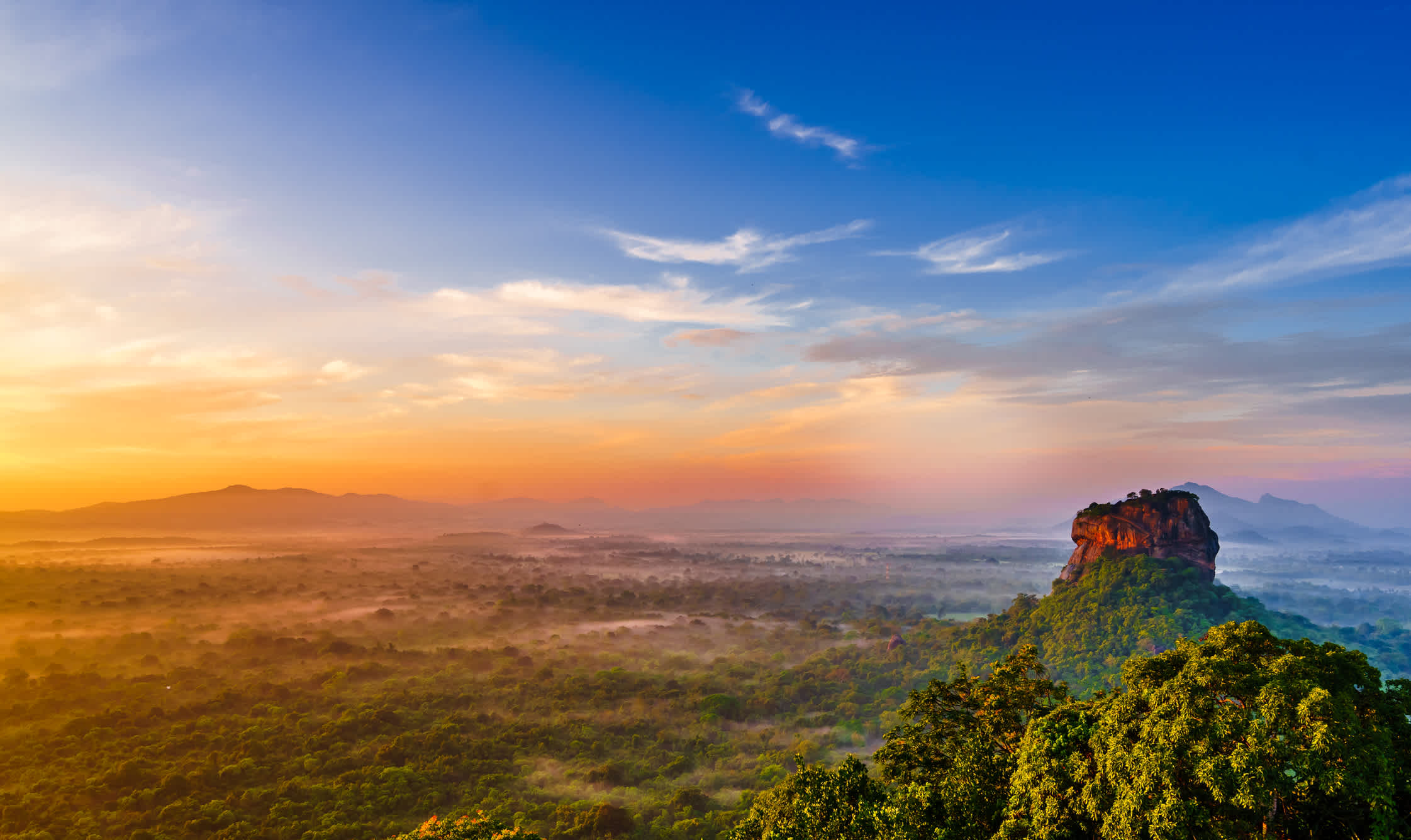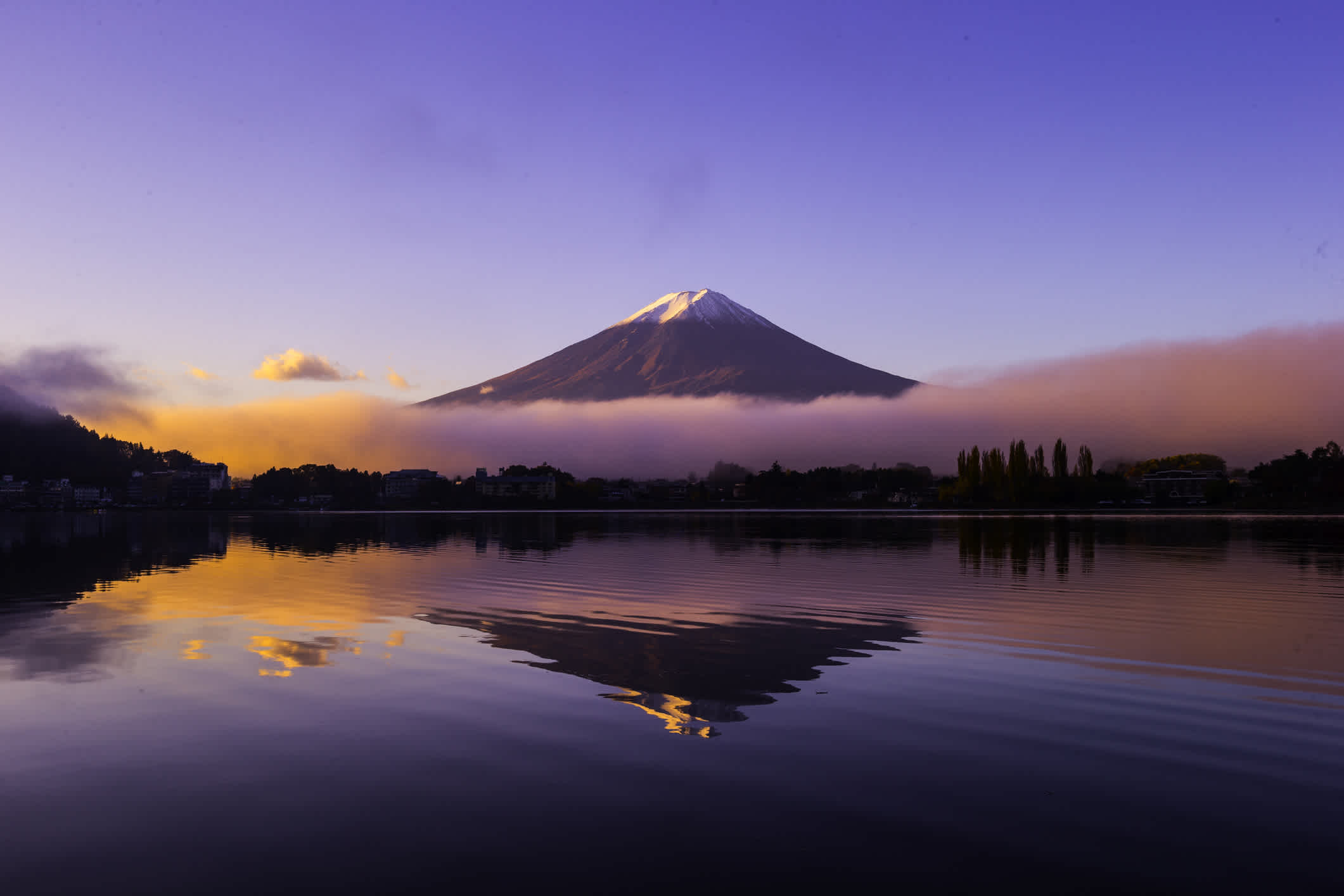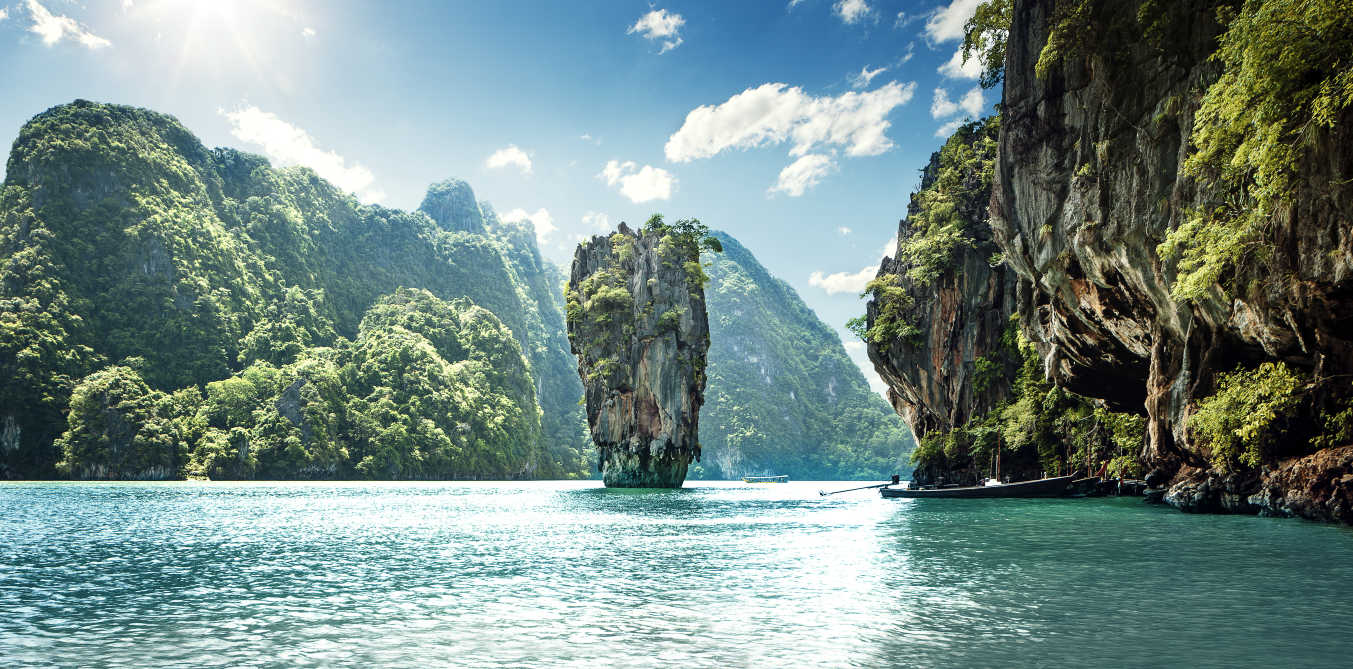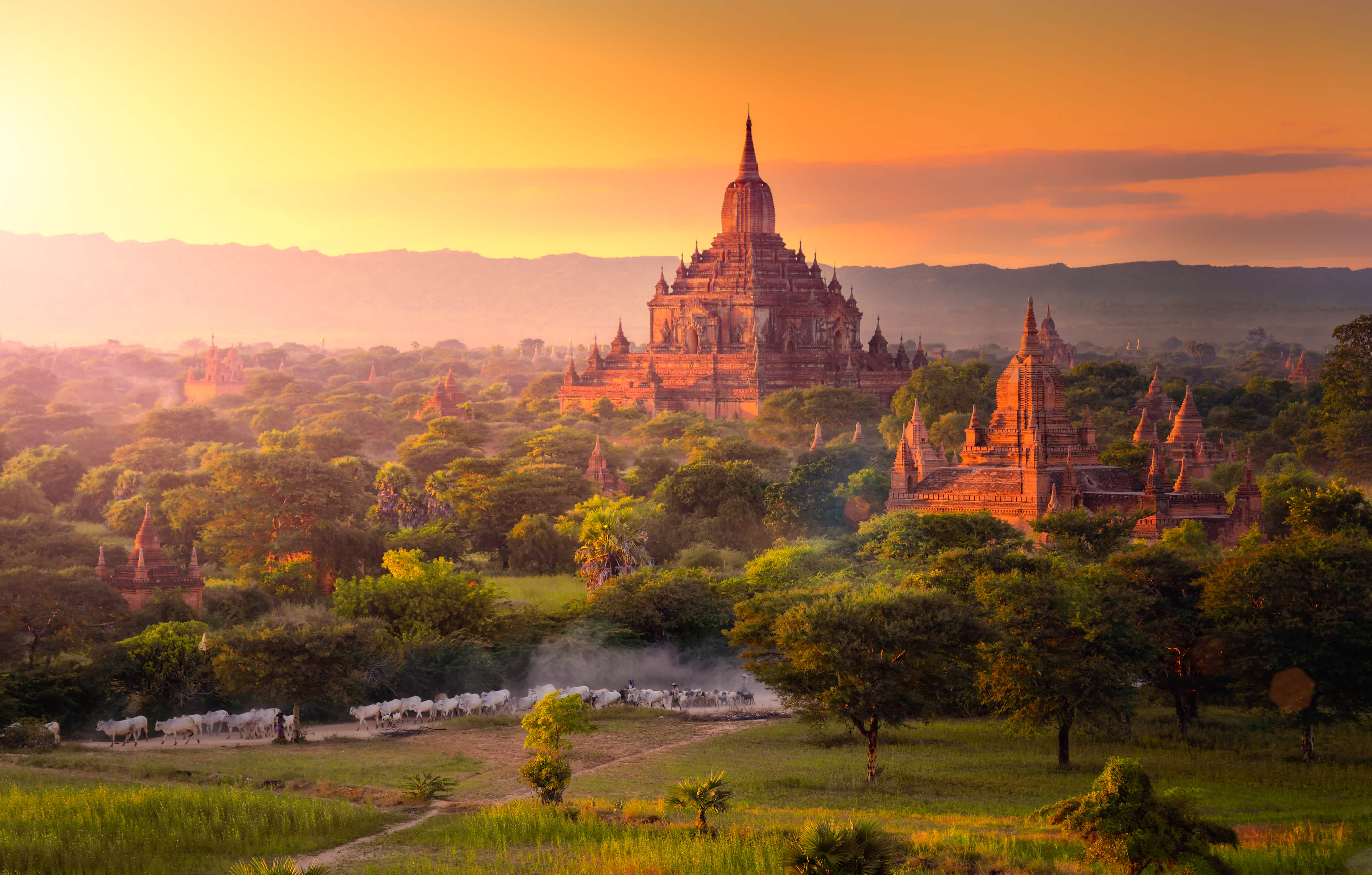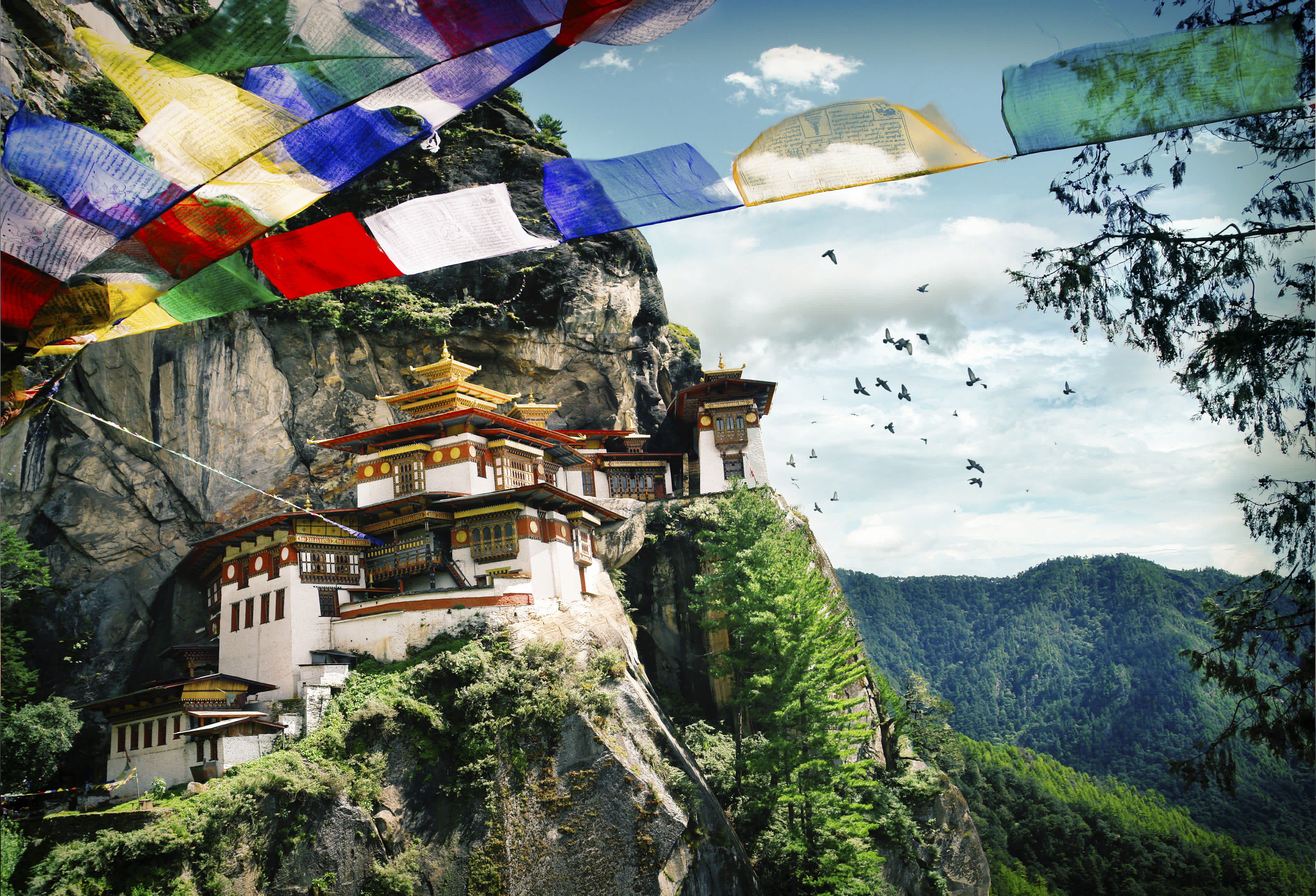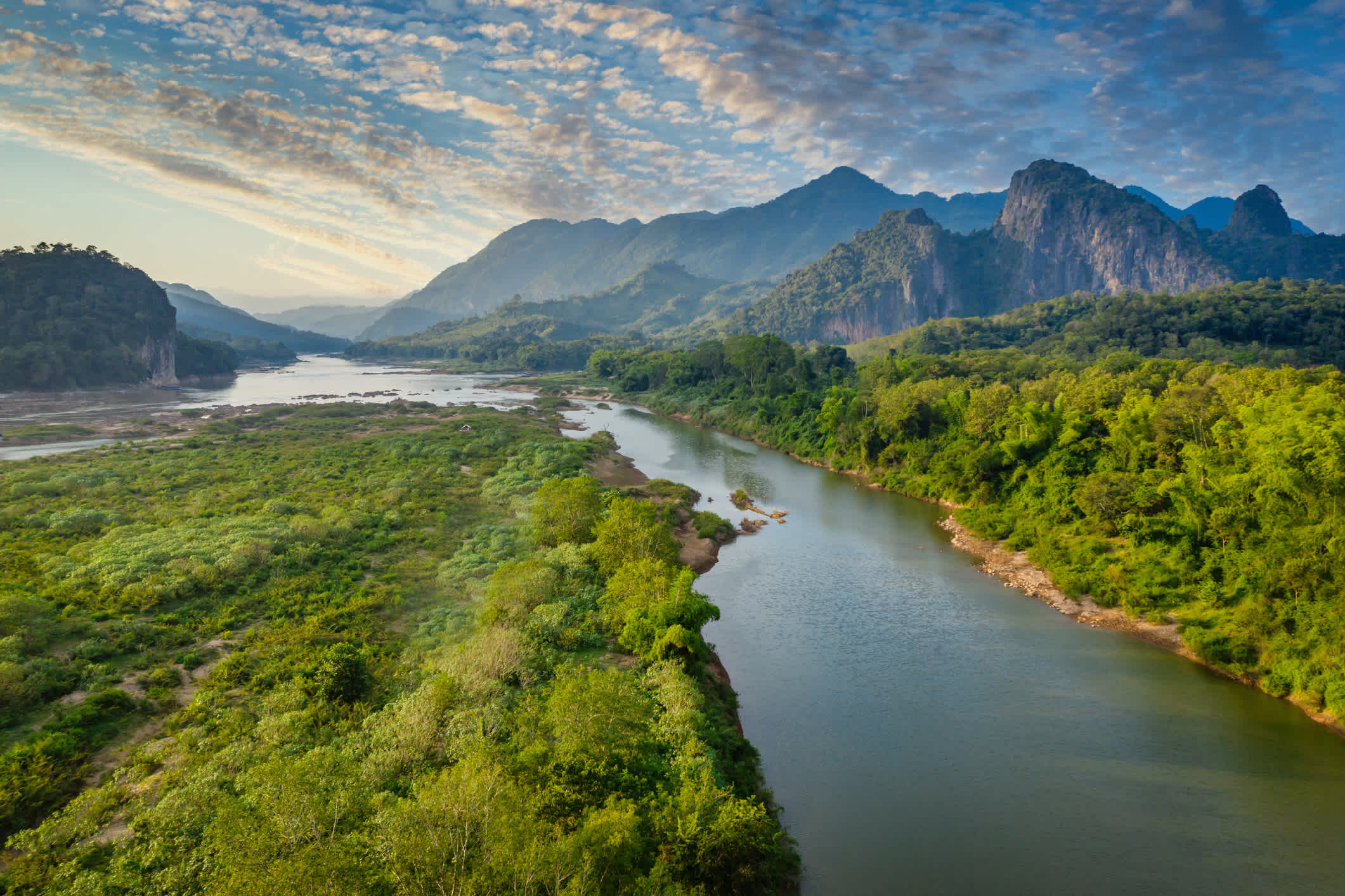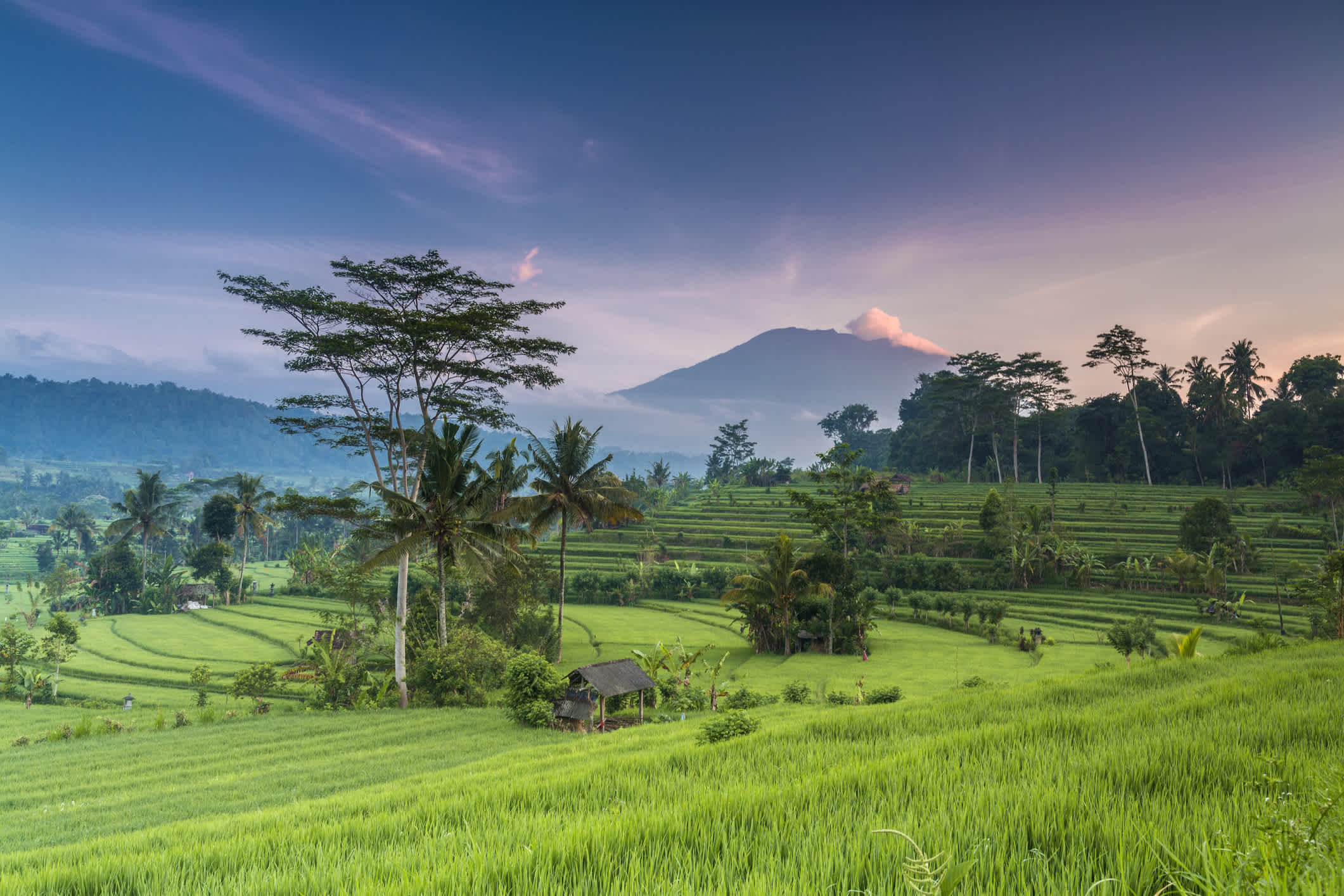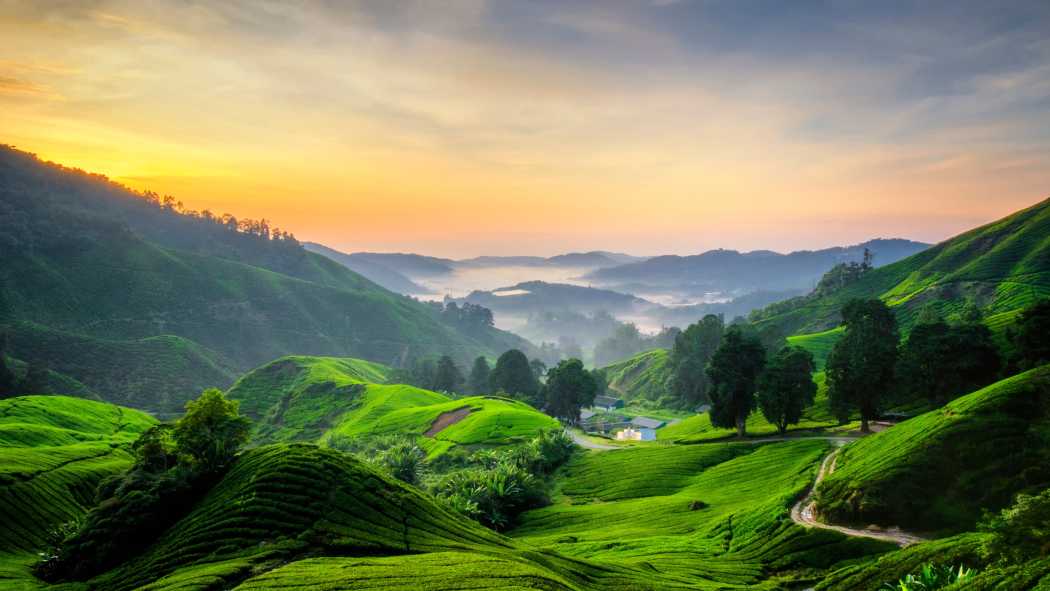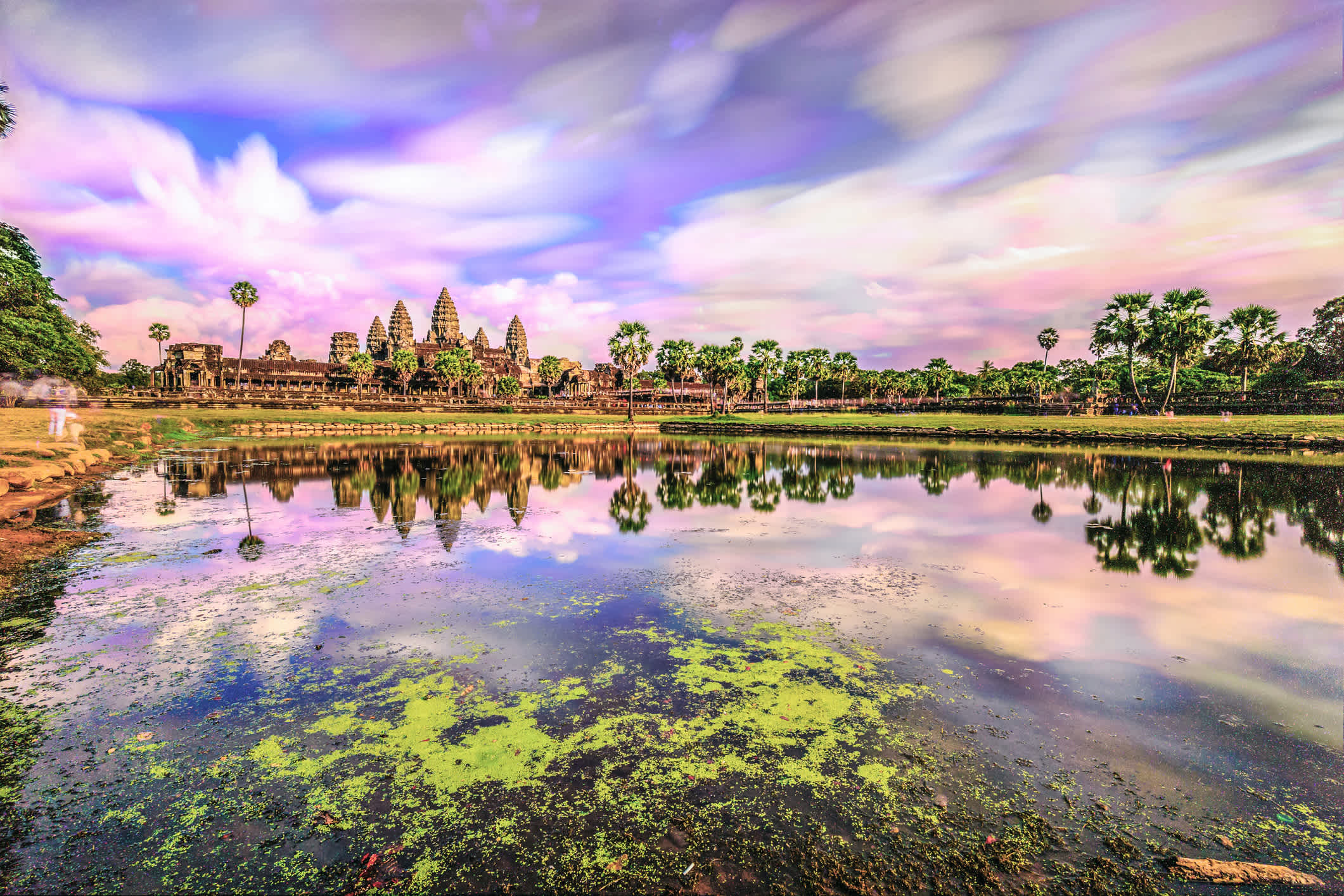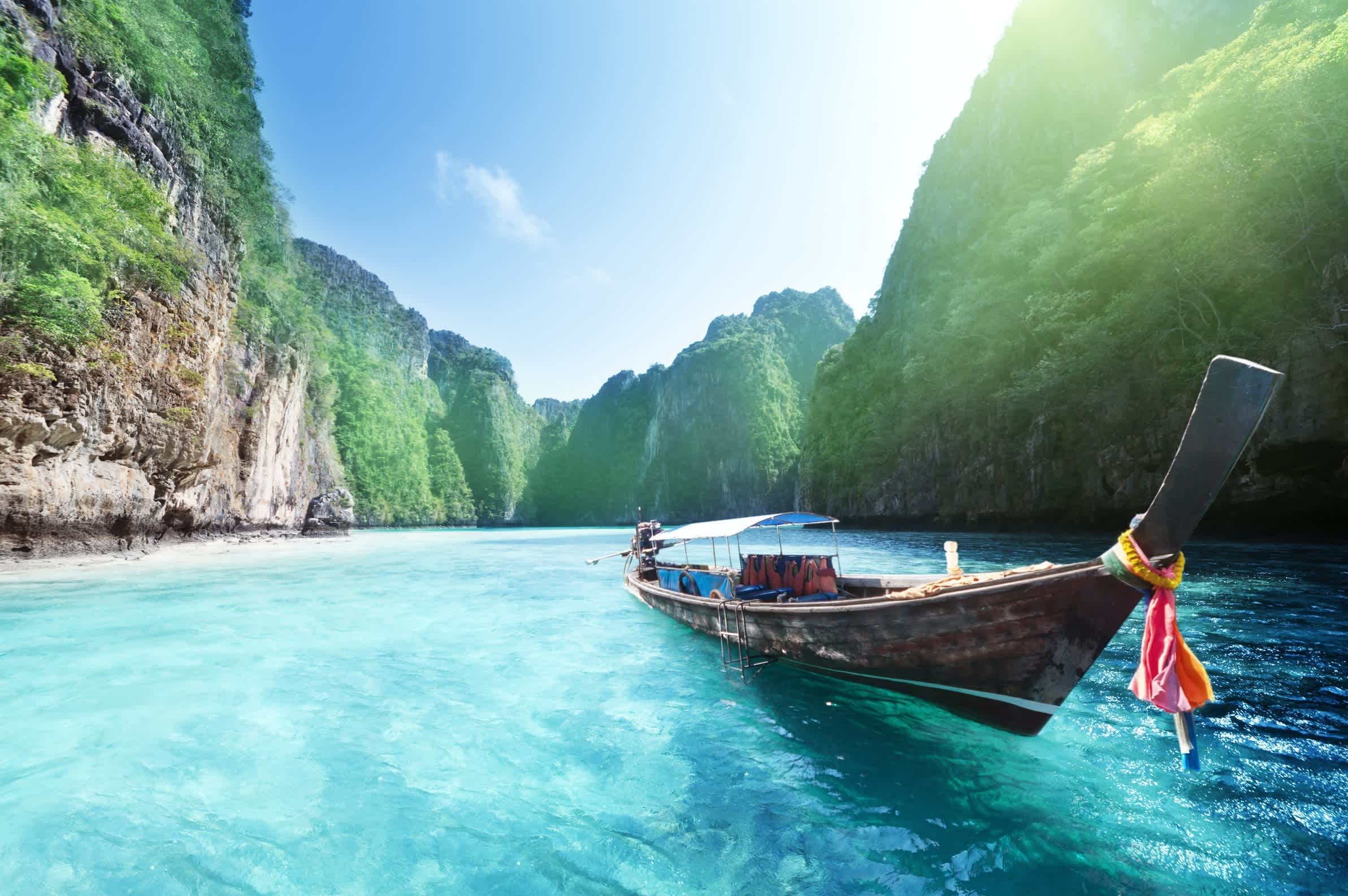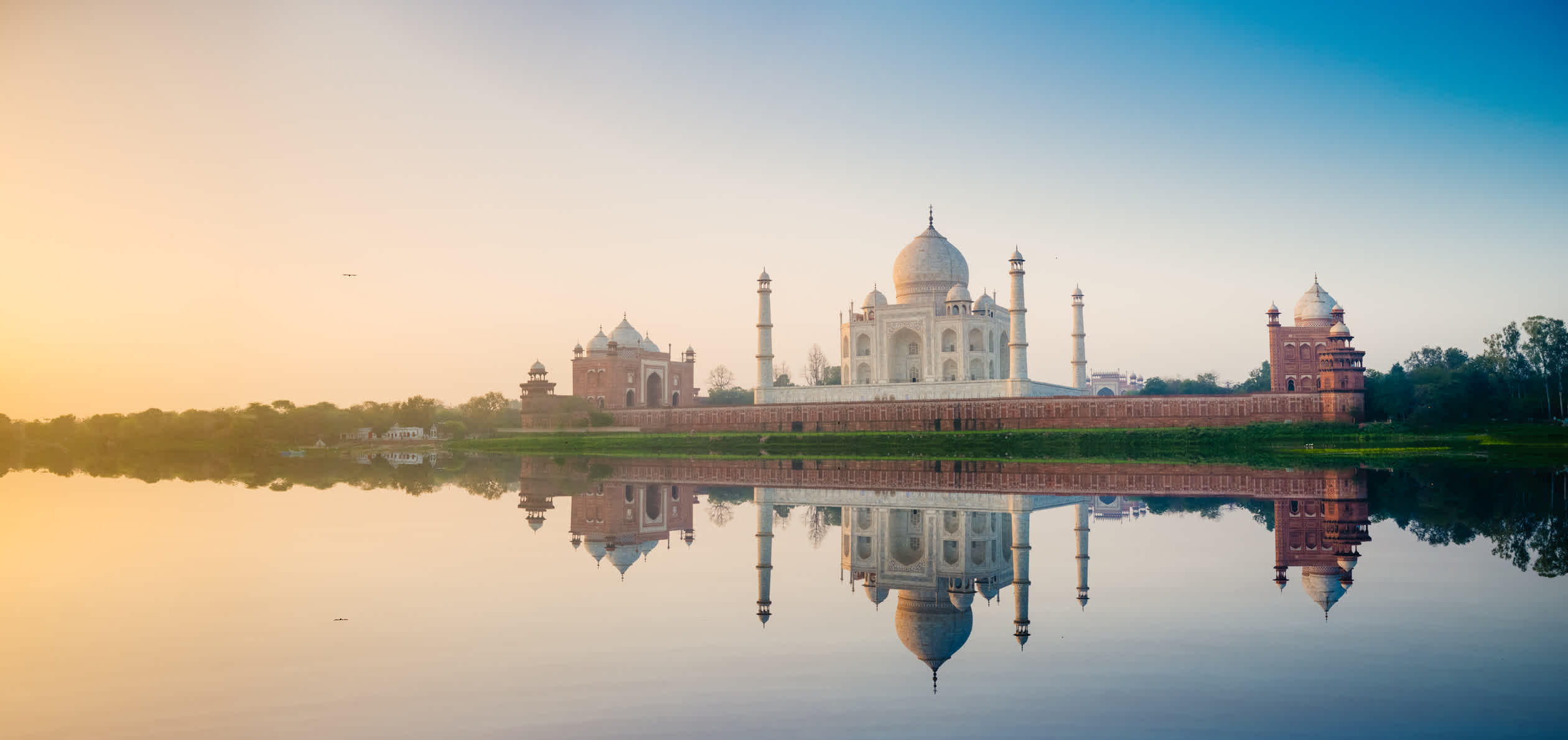
India Tours
Land of vibrant colors and natural diversity
- Destinations
- Asia
- India
Why Embark on a Tour of India?
India is a colorful destination full of exoticism and diversity. The vibrant capital New Delhi is located inland and is the seat of the government and parliament. The geography of the subcontinent is particularly worth seeing in many respects - in the north, the mighty Himalayan Mountains tower high, in the valley follows the fertile river plain, which flows into the Thar Desert.
One of the most famous landmarks of the north is Agras famous Taj Mahal. In the south tropical jungles, wide beaches, and numerous islands dominate the picture. In India, there are several big rivers, whereby the Ganges is the longest and also most important river of the country. The Ganges has its source in the Himalayas and flows through the entire eastern part of the subcontinent until it joins the second largest river Brahmaputra in the south and flows into the Bay of Bengal in a huge delta.
India impresses with unspoiled nature, a long, traditional history, and colorful metropolises. Thanks to the variety of landscapes, India has an extremely diverse animal world, which can be admired in the many national parks.
If you too dream of a round trip to India, let yourself be inspired by our tours. Our Travel Experts plan your individual vacation. Less
What to See During Your India Tour
Taj Mahal
The Taj Mahal in Agra stands for love and passion. It is an outstanding architectural beauty that combines Indian, Persian and Islamic influences and is entirely made of white marble. The monument is one of the wonders of the modern world and was declared a UNESCO World Heritage Site in 1983. Every year millions of people are drawn to India.
Amber Fort
The fort, also known as Amber Palace or Amer Fort, is located on a hill in Amer, Rajasthan. The fort stands on top of a mountain that is right next to the picturesque Maota Lake. The majestic appearance of the fort makes it a very special place to visit. The fort presents fascinating influences from Hindu and Muslim architecture and is made of red sandstone and white marble.
Red Fort
The Red Fort is a historical fortress in the Indian capital New Delhi. This building is known for its red sandstone walls and has been a UNESCO World Heritage Site since 2007. The impressive complex is supposed to reflect the Mughal architecture, because until the middle of the 17th century this fortress was the residence of the Mughal emperors. Today the monument houses a number of museums where valuable artifacts are exhibited.
Hawa Mahal
In Jaipur you will get to know the elegant Hawa Mahal on an exploration tour through the historic old town. Hawa Mahal is the beautiful, window-like extension of the city palace, which resembles the honeycomb structure of a bees' nest. The Hawa Mahal is often called the Palace of the Winds. This name refers to the cooling system of the structure, which spreads a gentle breeze through the interior even during the intense summers in Rajasthan. Less
What are the Best Events in India?
![Holi, India On an Asia tour you can also visit the Holi Festival in India]()
Holi color and energy
During your trip you should also pay attention to the Hindu festivals. The Holi Festival is a once a year, mostly between February and March, event known for fun and color powder. Diwali is India's biggest and most important holiday of the year. The festival takes its name from the clay lamps that illuminate Indians in front of their homes to symbolize the inner light that protects against spiritual darkness.
Useful Information for Planning Your Trip
Other Countries to Visit
TourlaneCare
%20(1).png?u=https%3A%2F%2Fimages.ctfassets.net%2Fbth3mlrehms2%2F5jFnxbLrlbqXVnIt7lx9a9%2Fa8dc5318f0e7637bae9a88693cf9f54b%2FDT-TOP_Kundendienst-Reise_und_Tourismus__1___1_.png&a=w%3D96%26h%3D128%26fm%3Dpng%26q%3D75&cd=2023-04-17T09%3A54%3A20.621Z)
